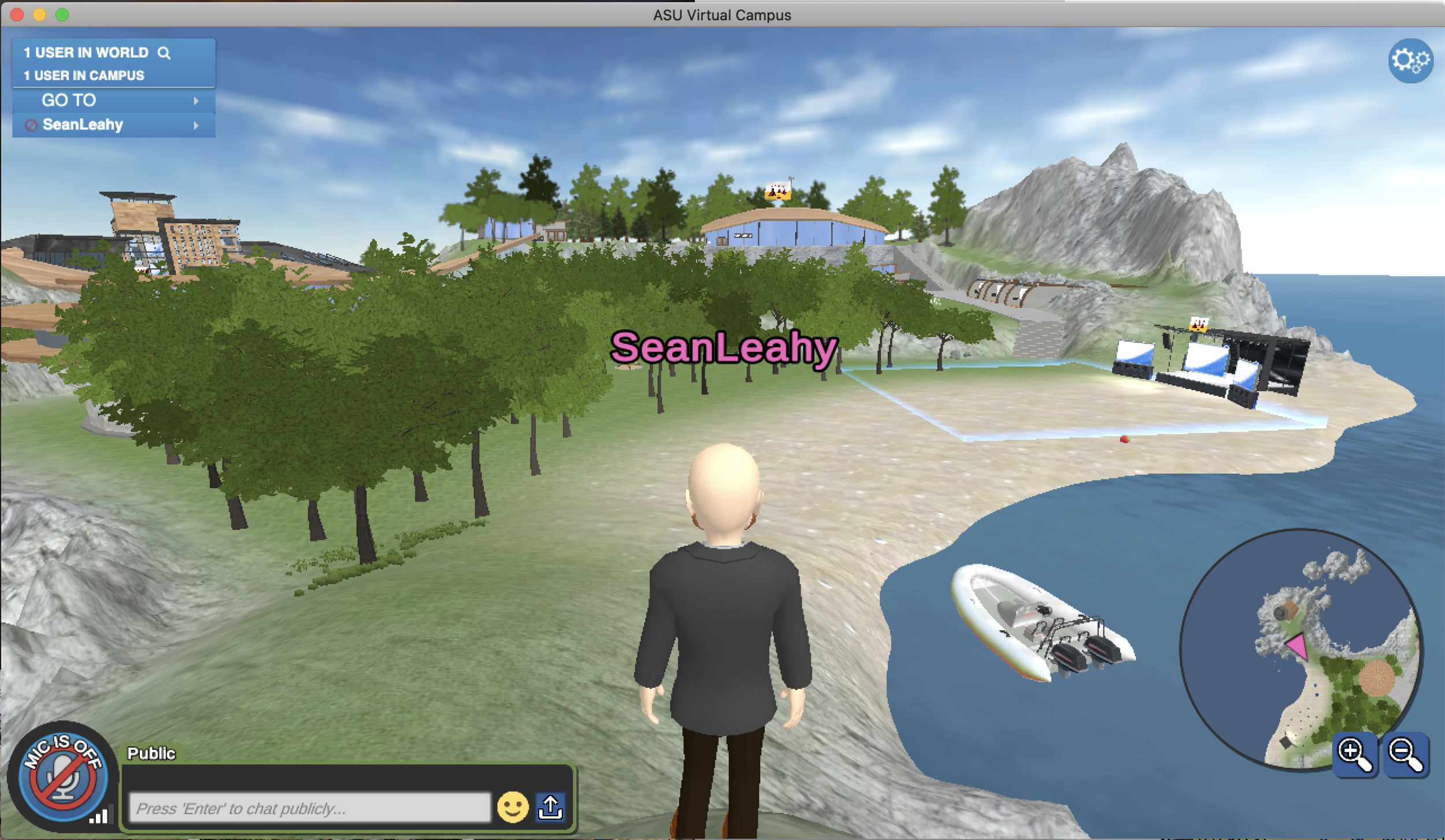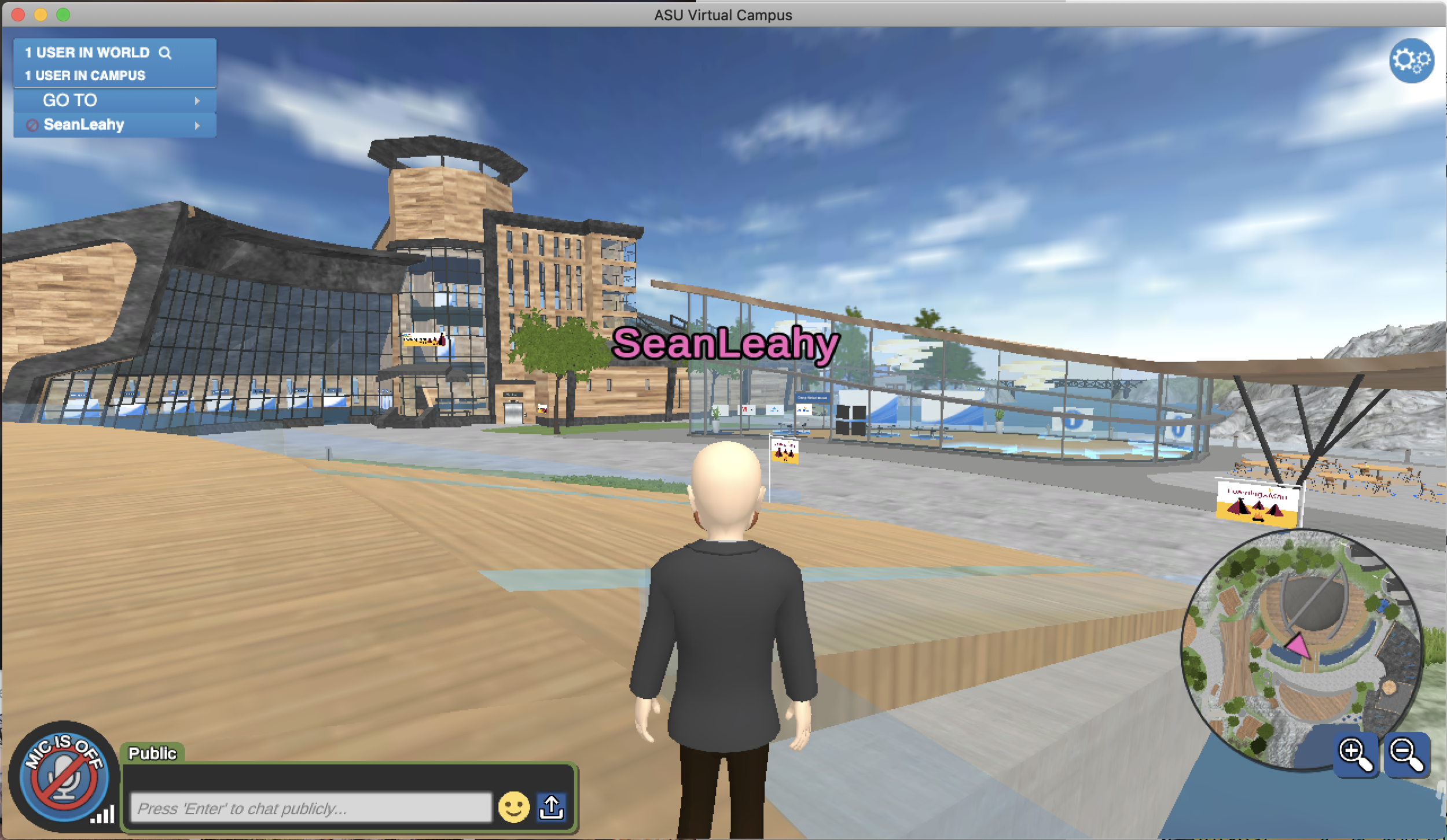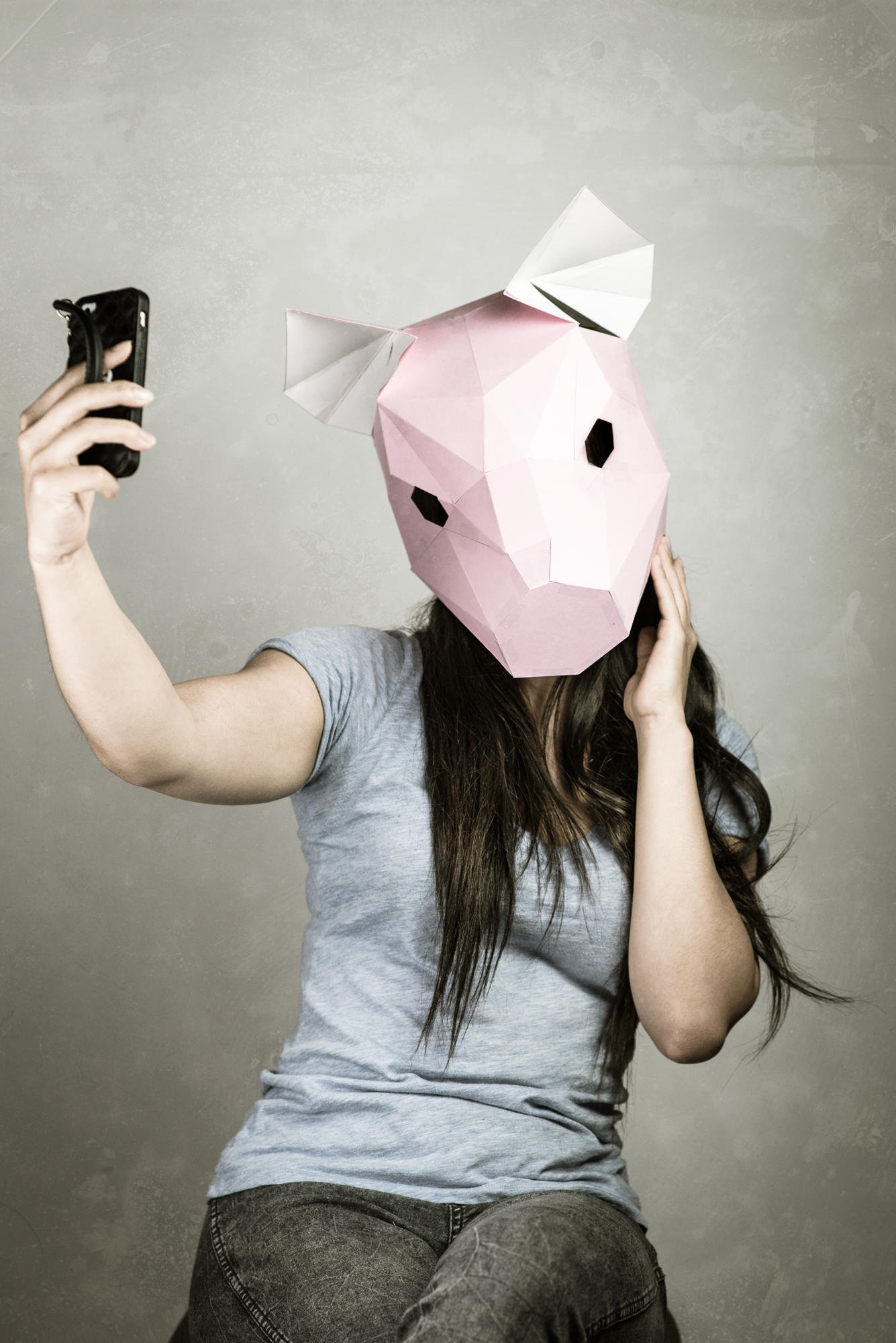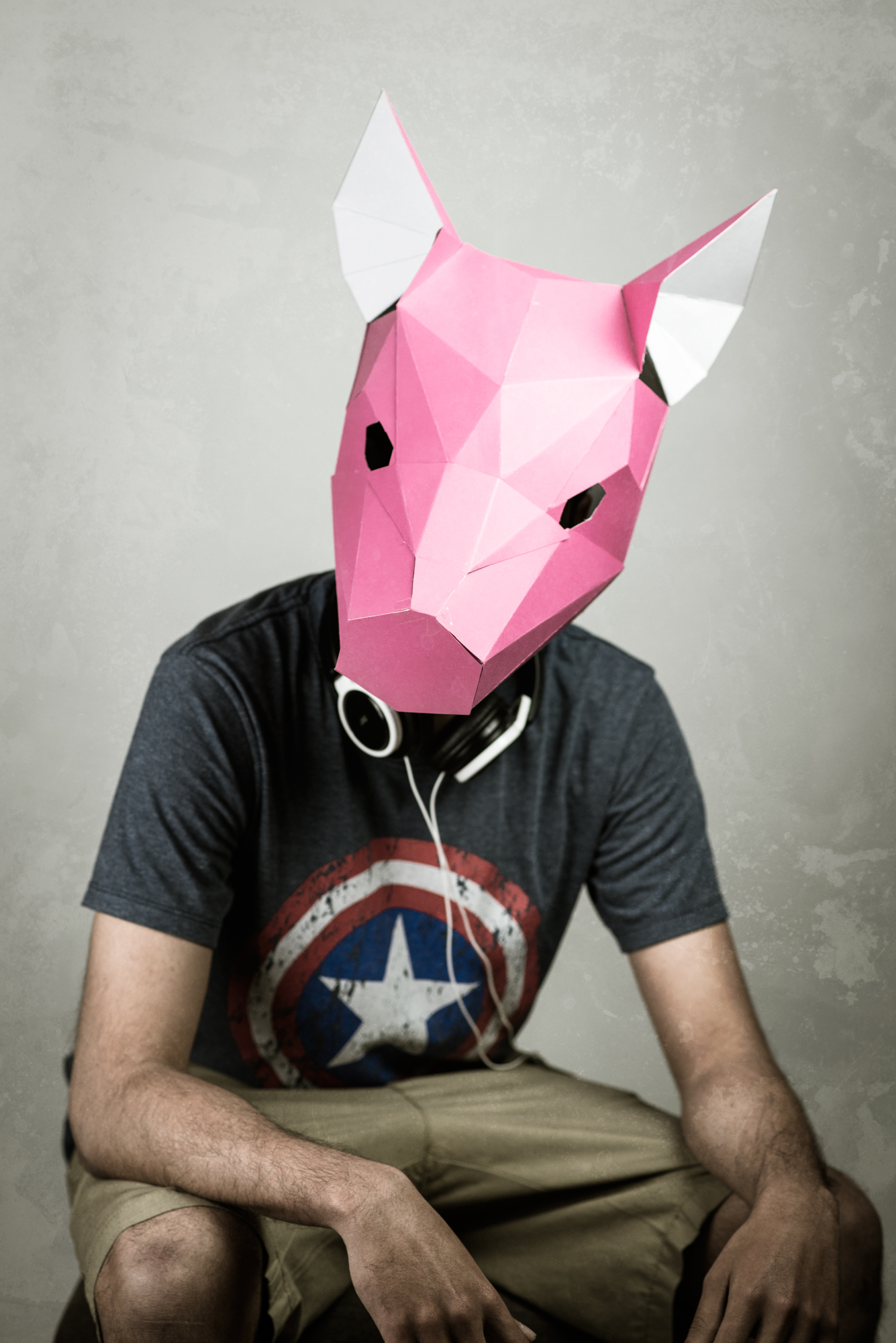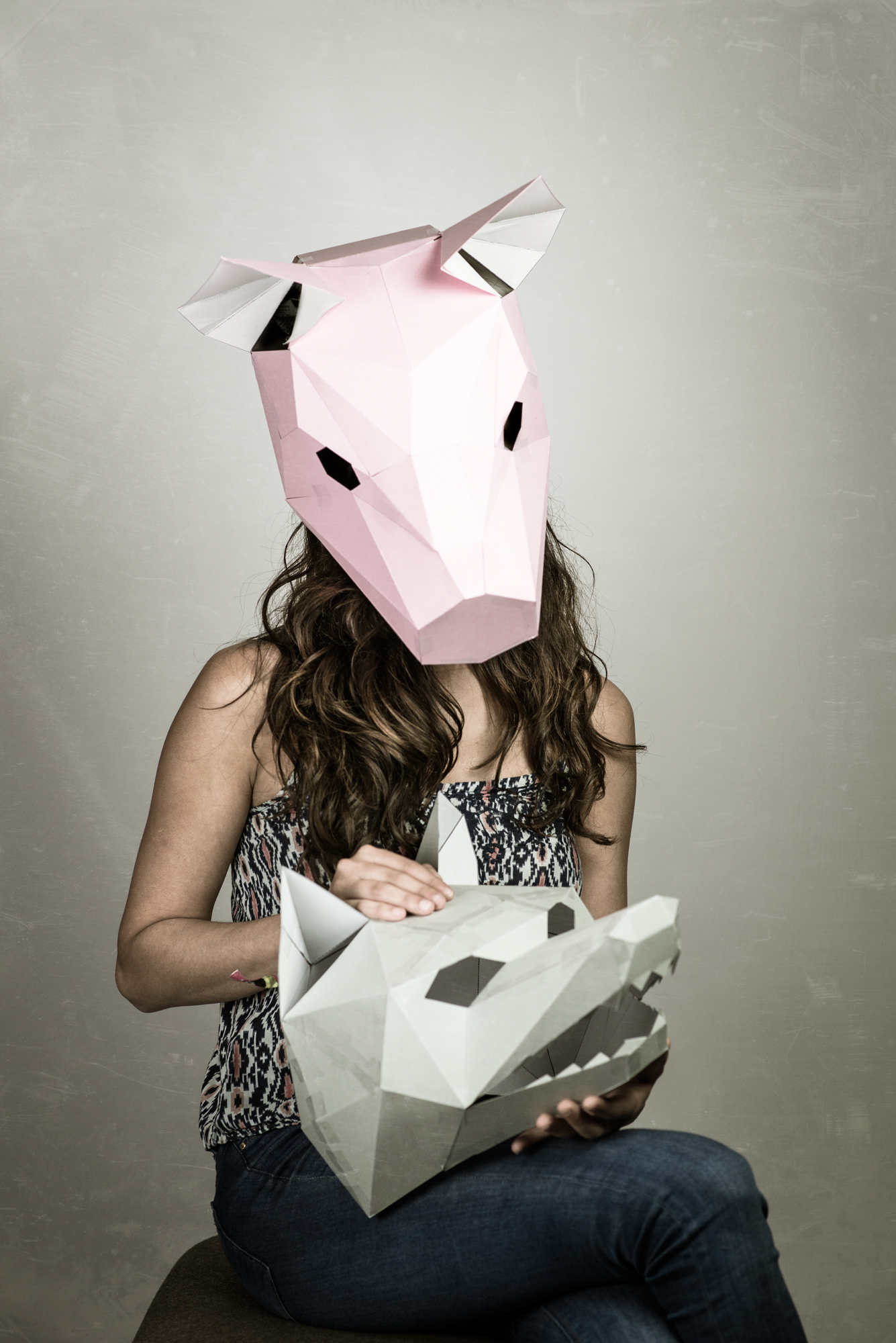After a short 6 months following our initial meeting in Washington DC, our small group of researchers from Arizona State University and Dublin City University converged on the beautiful city of Valencia Spain to deliver our paper on our initial collaborative work to develop an international research group on future educational technologies. As a milestone in our efforts to form a research collaborative, this paper serves as our initial plans on how we intend to develop our network.
The 12th International Technology, Education and Development Conference, was held in Valencia Spain over the 5th, 6th and 7th of March, 2018.
Beyond Web 3.0: International collaboration exploring learning ecologies and teacher professional development for the Diamond Age
Link to paper abstract: INTED 2018 Proceedings
Abstract
The purpose of this oral presentation is to share the process and outcomes of an international collaboration exploring the futurology of educational technology. This multi-phased collaboration centers on envisioning the impacts of future technologies within the classroom and articulating resultant implications for teacher professional development. It leverages interdisciplinary knowledge and expertise from within and beyond educational colleges in partner universities, namely, the Mary Lou Fulton Teachers College in Arizona State University, United States of America, and the Institute of Education in Dublin City University, Ireland.
A question at the heart of this collaborative study was how can we prepare the teachers of tomorrow to use technology in the classroom in the most effective way possible? Given the rapid development of technology and the subsequent adoption in formal and informal educational settings, how can we prepare a new generation of educators to adopt, and optimize technologies in their classroom? According to the 2017 New Horizons K-12 Report, Artificial Intelligence (AI) and the Internet of Things (IoT) will be generally adopted by 2022 (Freeman, Adams, Becker, Cummings, Davis & Giesinger, 2017). Artificial Intelligence is often thought of the “next wave” of technology, but our goal is to move beyond the near future, and look to what will be the “new” technology 25 to 30 years from now. Using the forecast of common “narrow” AI implementations across classrooms within five years as the baseline for our model, we aim to envision what technologies will have an influence on, and be implemented within, learning ecologies over the next several decades, an era we describe as the ‘Diamond Age’.
The proposed oral paper presentation will discuss the need for such a collaborative project, the current development of the multi-phased, multi-year project scope, and the future directions and joint-program goals. In many cases, the education sector handles new and emerging technology in a reactionary fashion. One of the aims of this collaborative project is to look at educational technology from a futurist perspective to lay a thought provoking foundational model in order to redefine what education may look like in the “classroom of tomorrow”. The intended goal of this futurist model of educational technology is to re-conceptualize how teacher preparation programs think about preparing future educators.
References:
[1] Freeman, A., Adams Becker, S., Cummins, M., Davis, A., and Hall Giesinger, C. (2017). NMC/CoSN Horizon Report: 2017 K–12 Edition. Austin, Texas: The New Media Consortium.
Keywords: Educational technology, futurology, emerging technology, futurist model, semantic web.



